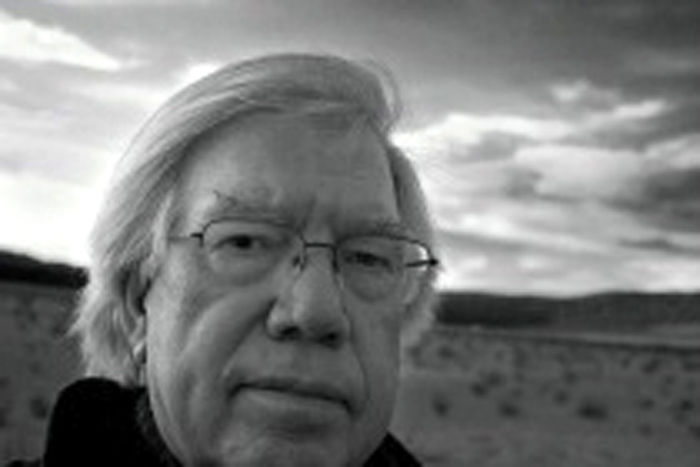I hate going out there now. It’s obscene. It’s so ugly.
Out there is the route of the Dead Horse Lateral (DHL) Pipeline, stretching from the oil wells north of Dead Horse Point State Park and Canyonlands National Park — some 50 miles of steel. Created by Fidelity Exploration & Production and sanctioned by the Bureau of Land Management. It sits on the ground and rocks. It rubs against aged trees, causing them to weep streams of sap. It has destroyed a landscape unique in the world. It endangers hundreds of thousands of visitors to the area.
We’ve been betrayed for corporate profit and bureaucratic self-satisfaction.
Even before construction began, local activists raised numerous questions about the appropriateness of a pipeline in the region and implications for the safety of visitors. For the past year, my colleagues and I have monitored construction of the pipeline. We found numerous and chronic instances of non-compliance with construction requirements set by the BLM. A professional pipe welder raised concerns with how the welding was being done. All these examples of construction-related problems were brought to the BLM, in emails, photos and face-to-face meetings.
Our concerns focused on public safety of the pipeline. Much of the DHL is laid on the ground’s surface, including across large rock outcroppings or stretched across the numerous washes that cut through the area. The pipeline runs parallel to and just a few feet from Dubinky Well Road, an area regularly used by off-road vehicles, mountain bikers, hikers and others. We asked: What will happen to the pipe if an intense rain carries soil and rocks into the pipeline? What will happen if a vehicle slams into the pipe or if a hunter’s shot hits the pipe? What will happen as the pipe moves back and forth across the rocks it is laid on? The answer always the same: “Not to worry, the pipeline is safe.”
Protests were filed with the BLM arguing that the meager studies done did not really examine the range of environmental, social and economic impacts of the pipelines. The BLM provides self-serving responses that fall far short of adequate analysis of the full impacts of the pipeline and of the growing number of oil wells.
In almost all cases, the concerns raised by local citizens were ignored or dismissed by the BLM. Some concerns were addressed; for example, steel braces now support the pipe across some washes. Yet, we remain deeply concerned about the safety related to the integrity of the pipe and to recreation users who ride or walk near the pipeline.
Even more, the BLM, at the request of the company, weakened the safety requirements for the DHL in a way that increased public safety risks. “Don’t worry,” we’re told, “it’s safe.”
This past November, I presented evidence based on our findings on the construction flaws of the DHL to a national conference attended by pipeline and oil industry representatives, federal and state pipeline regulators, county planners and other grassroots groups. I included photos of the unique landscapes of our region and ones showing the pipeline set across rocks and washes. The response from the professionals at the conference was a combination of incredulity and outrage: How could a pipeline be constructed this way?
I am convinced that the BLM has been deeply negligent in approving the DHL and gathering lines. The safety, well-being and recreational enjoyment of the area have all been degraded as a result of the endless lust for corporate profit and for bureaucratic adherence to outdated policies. Already, we’ve seen impacts of the confluence of these interests: bikers feeling threatened by large tanker trucks; roads “upgraded” for heavy truck traffic, but thereby closed to recreational users; a wastewater truck spill along UT 313 and an inadequate clean-up.
More will follow. The number of wells will soon double, then double again. Already, the BLM has had internal discussions about building an oil pipeline. Other truck spills are almost inevitable and response plans are woefully inadequate. As off-road use continues in the area, an ATV or bike will hit the pipe. Regular erosion will undermine sections of the pipe while abrasion of rock on pipe will weaken the metal. All these things are waiting to happen.
I hate to go out there: Big Flat, Dubinky Well Road, Canyonlands. The sight of the pipe angers, saddens and depresses me. But I have to continue to visit the area — as all of us need to — to witness the abuses of our public land.



